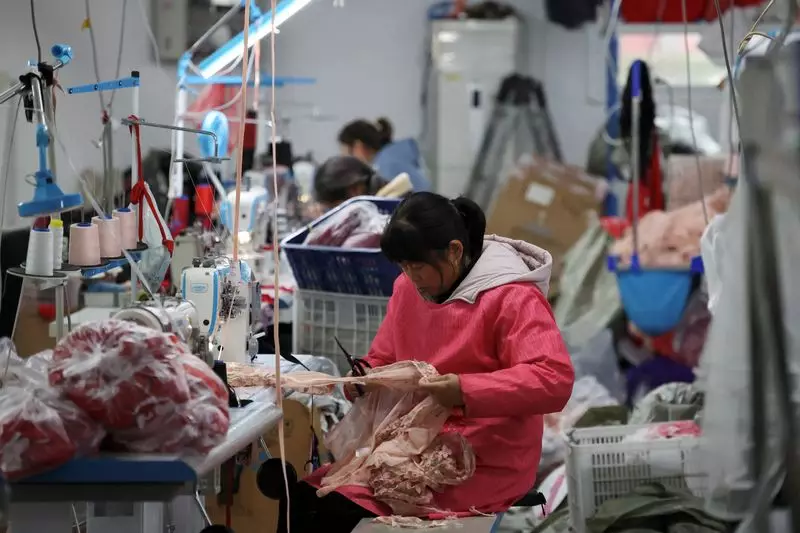The landscape of China’s industrial sector remains troubled as it faces a persistent decline in profits for the third consecutive year. Data released by the National Bureau of Statistics (NBS) on Monday highlighted a concerning trend in the profitability of industrial firms, emphasizing the critical need for government intervention. Amid rising tariffs and economic uncertainty, particularly under the incoming Trump administration, the urgency for policies to revitalize this sector has reached a pivotal moment.
The latest figures reveal a mixed performance, with industrial profits surprisingly showing an 11% increase in December compared to the same month the previous year. However, this was preceded by a steep 7.3% decline in November, leading to an overall decrease of 3.3% in earnings for the entire year of 2024. This decline builds upon a 4.7% drop witnessed during the January-November period, ultimately reflecting a greater downward trend than the 2.3% decrease recorded in 2023. This series of negative outcomes paints a bleak picture for an economy that had previously managed to achieve a commendable GDP growth of 5% last year, largely propelled by aggressive government stimulus allocations.
Economic Struggles and Stimulus Measures
Despite the government’s attempt to stabilize economic growth through stimulus measures, various sectors are grappling with a myriad of challenges. The property market has exhibited signs of stagnation, leading to weakened domestic demand and a decline in business confidence. Stretching into a second consecutive year, the drop in factory-gate prices has severely affected corporate profits and, in turn, the incomes of workers.
In response to these pressing concerns, policymakers have rolled out several strategies to stimulate the economy, including an expanded trade-in scheme targeting consumer goods intended to ramp up demand. Nonetheless, recent economic indicators indicate a concerning imbalance, wherein industrial output exceeds retail sales, and unemployment figures are on the rise. Such disparities highlight the uneven nature of recovery and growth within the economy, underscoring the need for more directed interventions.
Implications of Trade Dynamics
As 2024 concluded, an uptick in exports was noted, primarily influenced by factories intensifying their efforts to ship inventory abroad in anticipation of potential trade tariffs under the Trump administration. President Trump’s proposed punitive duty on Chinese imports has amplified fears among business circles, exacerbating an already fragile economic climate.
The breakdown of profit figures illustrates further disparities among different ownership types within the industrial sector. State-owned enterprises witnessed a profit decline of 4.6%, while foreign firms experienced a 1.7% decrease. Conversely, private-sector companies managed marginal earnings growth of 0.5%. This differentiation indicates varying levels of resilience among different firms, offering insight into the broader implications of external trade pressures and internal market dynamics.
The persistent decline in profits within China’s industrial sector highlights significant challenges, compounded by external economic pressures and domestic policy responses. The continued erosion of corporate profitability, alongside a need for strategic adjustments in government policy, may define the trajectory of China’s economic recovery in the years ahead. Utilizing a multi-faceted approach that considers the distinct challenges faced by various sectors will be crucial for achieving sustained growth in this complex and rapidly evolving landscape.

